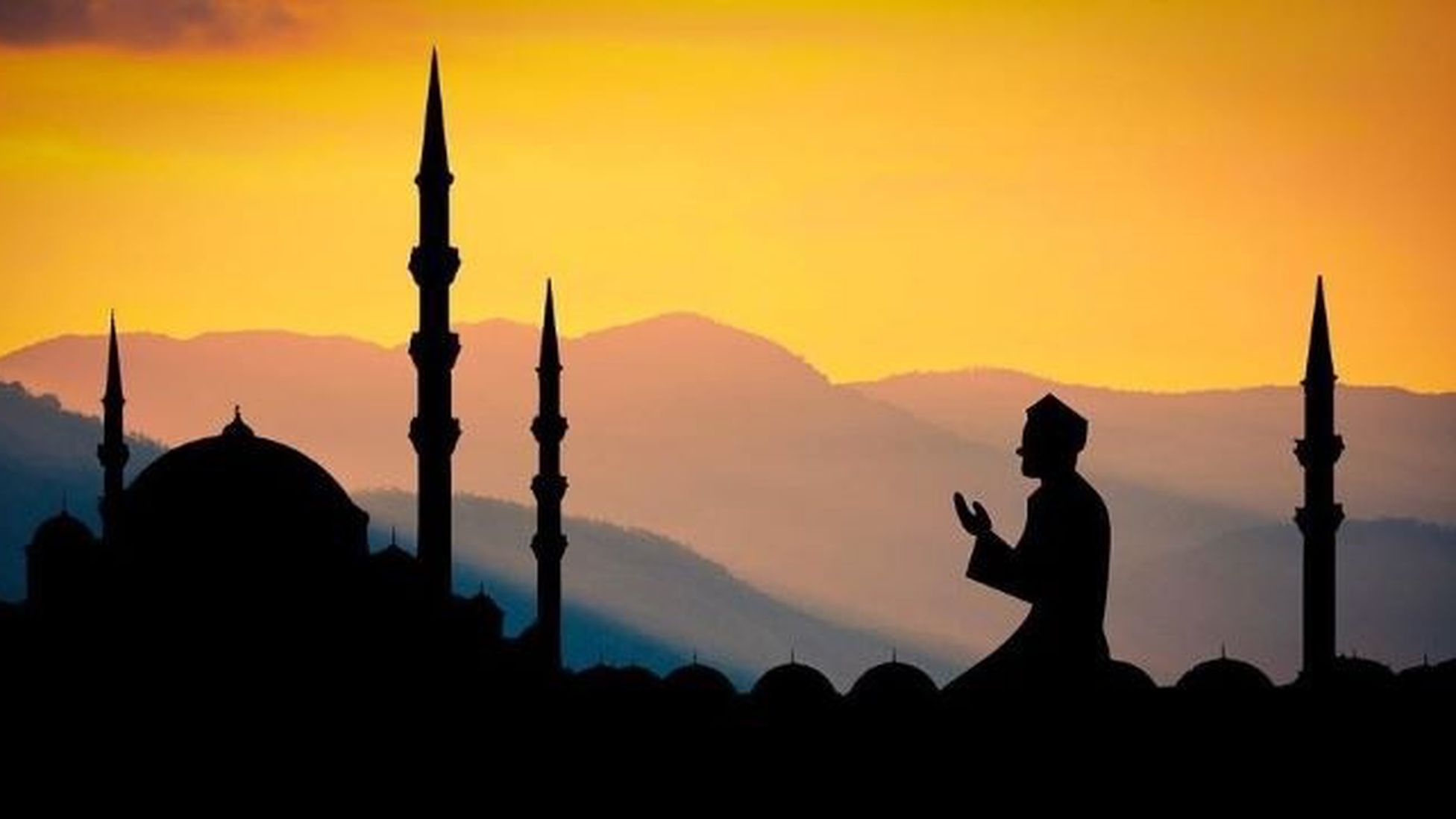
Nepal's Tourism Sector Seeks Policy Reforms to Attract Indian Tourists
Hoteliers in Lumbini Province of Nepal are urging the government to make policy changes to facilitate Indian tourists with ease and respect upon their arrival. With a significant portion of tourists visiting Nepal hailing from neighboring India, there's a call to amend cumbersome policies to foster tourist-friendly environments.
The Lumbini Hoteliers Association asserts that Nepal is not merely a budget destination but a premier tourism destination. They propose various reforms, including removing Nepal from India's blacklist, equalizing airfare for domestic and foreign travelers, and developing Rupandehi into a hub for casinos, nightlife, and wedding destinations to appeal to Indian visitors.
Additionally, there are calls to develop Lumbini as a city of peace, meditation, and yoga, establish an international birthing hospital, and leverage historic sites like the Butwal Fort to attract tourists through branding campaigns in countries like Europe. Educational institutions in Nepal are urged to prioritize sending students on internships abroad and refrain from hosting foreign interns to promote local talent.
Despite Lumbini being the birthplace of Buddha and boasting Buddhist monasteries, the conversion of some into guesthouses and hotels has sparked concerns, as has the issue of noise pollution and chaotic environments, leading to demands for mandatory use of sign language (gesture language) in Lumbini despite being a peace zone.
India's Uttar Pradesh alone has a population exceeding 240 million, presenting an opportunity for significant economic improvement within Nepal's economy if even a small percentage of this population visits annually. Hence, it's deemed crucial for the government to engage in high-level discussions with India to ensure seamless entry for Indian tourists and enhance their spending experiences while in Nepal.
The revision of border regulations to extend Indian tourist vehicle access up to seven kilometers into Nepal and investments in branding and commercializing tourist destinations like Lumbini, Jitgadhi Fort, Ramapithecus Park, Rani Mahal, and Basantapur are emphasized.
The decline in foreign tourist arrivals due to the COVID-19 pandemic, from 160,000 to 80,000, underscores the need for proactive measures from the government to mitigate the impact and harness tourism's potential for foreign currency earnings, job creation, and comparative advantages. Hence, prioritizing tourism as a key agenda is imperative for Nepal's economic growth, according to industry stakeholders.












Comment / Rely From